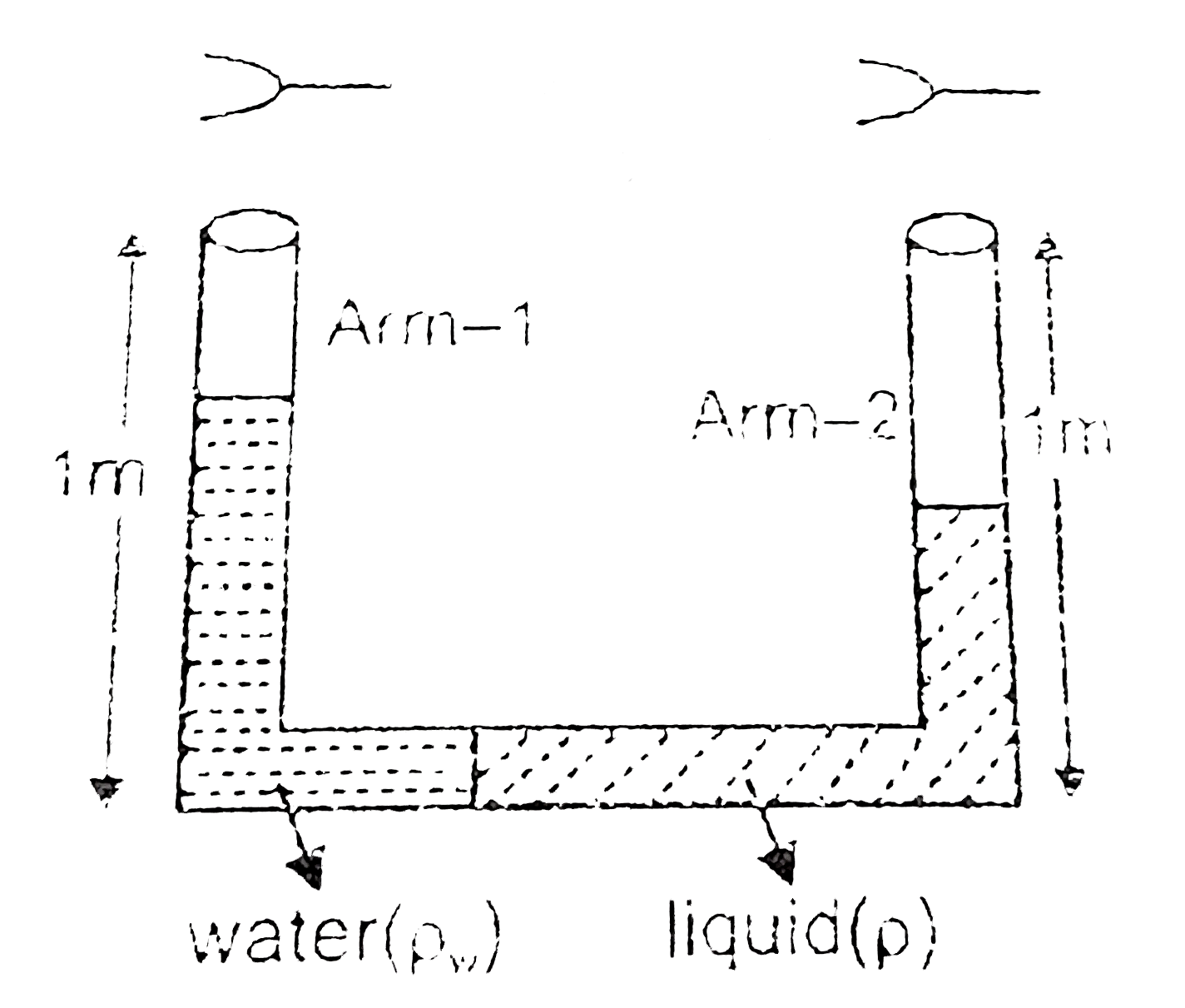A tuning fork is vibrating in air. State whether the vibrations are natural or damped ?
Step-by-Step Solution:
1. Understanding Vibrations: First, we need to understand what vibrations are. Vibrations can be classified into two types: natural vibrations and damped vibrations. Natural vibrations occur when an object oscillates freely without any external interference, while damped vibrations occur when the amplitude of the oscillation decreases over time due to resistive forces.
2. Analyzing the Tuning Fork: A tuning fork produces sound by vibrating. When it is struck, it starts to vibrate and produce sound waves in the air. However, during this process, it encounters air resistance and other resistive forces.
3. Identifying Resistive Forces: The air around the tuning fork exerts a drag force on the vibrating prongs of the fork. This drag force opposes the motion of the tuning fork, causing it to lose energy over time.
4. Conclusion: Since the tuning fork is vibrating in air and is subject to resistive forces, the vibrations are not sustained indefinitely. Instead, they gradually fade away. Therefore, the vibrations of the tuning fork can be classified as damped vibrations.
Final Answer: The vibrations of the tuning fork in air are damped vibrations.
---
Topper's Solved these Questions
- SOUNDBOOK - ICSECHAPTER - SOUNDEXERCISE - EXERCISE -7(B)( MULTIPLE CHOICE TYPE)
2 Videos
- SOUNDBOOK - ICSECHAPTER - SOUNDEXERCISE - EXERCISE -7(C )
47 Videos
- SOUNDBOOK - ICSECHAPTER - SOUNDEXERCISE - EXERCISE -7(A) (NUMERICALS )
14 Videos
- SIMPLE MACHINES BOOK - ICSECHAPTER - SIMPLE MACHINES EXERCISE - DIAGRAM BASED MCQ
5 Videos
- SPECIMEN PAPER (SOLVED)BOOK - ICSECHAPTER - SPECIMEN PAPER (SOLVED)EXERCISE - SECTION II
78 Videos
Similar Questions
What are damped vibrations ?
View SolutionState the laws of vibrating strings.
View SolutionA sonometer wire under tension of 63 N vibrating in its fundamental mode is in resonance with a vibrating tuning fork. The vibrating portion of that sonometer wire has a length of 10 cm and a mass of 1 g. The vibrating tuning fork is now moved away from the vibrating wire with a constant speed and an observer standing near the sonometer hears one beat per second. Calculate the speed with which the tuning fork is moved if the speed of sound in air is 300 m/s.
View SolutionA sonometer wire under tension of 64 N vibrating in its fundamental mode is in resonance with a vibrating tuning fork. The vibrating portion of the sonometer wire has a length of 10 cm and mass of 1 g. The vibrating tuning fork is now moved away from the vibrating wire with a constant speed and an observer standing near the sonometer hears one beat per second. Calculate the speed with which the tuning fork is moved, if the speed of sound in air is 300 m/s.
View SolutionWhen a tuning fork vibrates will there be any overtones present ?
View SolutionA tuning fork is vibrate with constant frequency and amplitude. If the air is heated without changing pressure the following quantities will increase.
View SolutionA tuning fork is vibrating at frequency 100Hz. When another tuning fork is sounded simutaneously.=, 4 beats per second are heard. When some mass is added to the tuning fork of 100Hz, beat frequency decreases. Find the frequency of the other tuning fork.
View SolutionA tuning fork vibrating with sonometer, having tension in the wire as T , Produces 4 beats per sec. The beat frequency does not change when tension in the wire changes to 1.21 T . Find the frequency of the tuning fork (assuming that the sonometer wire is vibrating in the same mode in both cases )
View SolutionA U-tube open from both ends, contain two arms, arm-1 and arm-2 each of having equal cross-section and height of each arm is 1m. Water of density ρw and an unknown liquid of density ρ is fliied as shown

A tuning fork of frequency 300 Hz is vibrated on arm-1, then air column vibrated is fundamental tone. If the same tuning fork is vibrated on arm-2, then air column vibrates in 1st overtone Vsound=300m/sec,g=10/sec2, density of water ρw=103kg/m2, atmospheric pressure =102 Pa) Nelect the effect of surface tension and end correction :
Npw we use a tuning fork of frequency 302 Hz, instead of 300 Hz, with how much velocity should we move the tuning fork, so that resonance is created with the air column in any arm ?
View SolutionThe length of a sonometer wire tuned to a frequency of 256 Hz is 0.6 m. Calculate the frequency of the tuning fork with which the vibrating wire will be in tune when the length is made 0.4 m
View Solution
